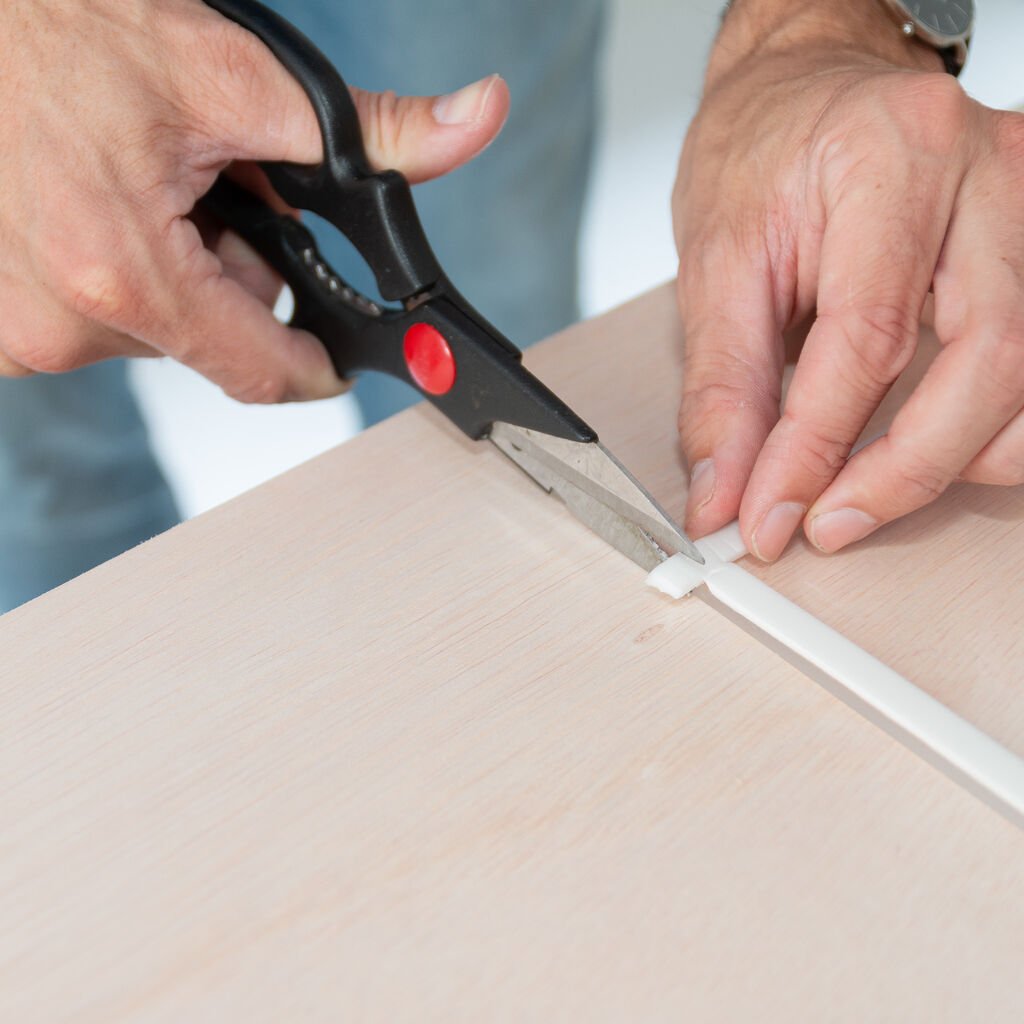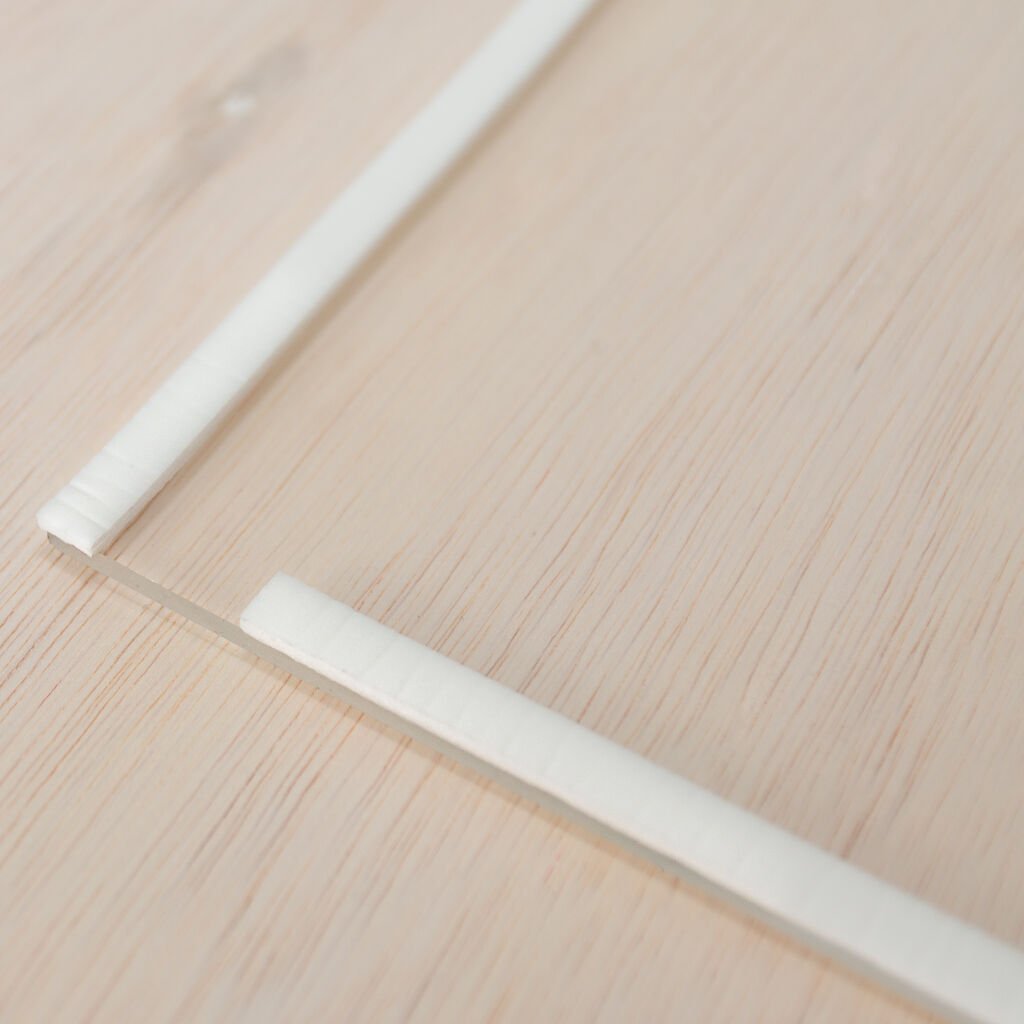
Secondary glazing is an easy and budget-friendly way to successfully insulate single-glazed windows and thus save on your energy bills. Secondary glazing is an extra window that you simply mount on an existing window. Besides insulation, secondary glazing gives extra protection to the window and acts as a soundproofing device.
You can easily order your made to measure secondary glazing, including all necessary materials for installation. Our secondary glazing is affordable, easy to install and looks smart. With our step-by-step guide and instruction video, installing your secondary glazing becomes child’s play.
If conventional double glazing is not possible, such as in a listed building or with stained-glass windows, secondary glazing is the ultimate solution for insulating your building. The term ‘secondary glazing’ can refer to an extra window that you install on the outside of an existing window, or one that is installed inside an existing window, with the majority of systems being mounted inside an existing window. In our blog we use the term ‘secondary glazing’ for an extra window mounted on the inside of an existing window.
The cost of secondary glazing with glazing clips is between £35 and £60 per square metre including insulation tape and the glazing clips. The exact cost of secondary glazing depends on the dimensions you order. Enter your measurements in the order module here to calculate the exact price of your secondary glazing. Note that in addition to the window, you will also need materials for the installation.
Below are some examples of installed secondary glazing. These are fixed with glazing clips or screws, in combination with insulation tape.
Each installation method has its own advantages. The installation method with glazing clips offers the most beautiful visual solution. Dismantling the secondary glazing with this installation is also easy. Velcro is an installation method that does not require drilling into the frame which makes mounting and dismantling very easy. If you are looking for permanent secondary glazing, or want to install it on the outside? Then a fixed installation is a good solution. In the table below you can see which mounting method suits your frame best.
| Our recommendation: Installation with clips | Installation with Velcro | Fixed installation with screws |
|---|---|---|
| Frame width at least 3.5 cm | Frame width at least 1 cm | Frame width at least 3 cm |
| Frame that can be screwed into | Flat surface for good adhesion of self-adhesive Velcro | Frame suitable for drilling and screwing |
| No protruding handles or hinges | No protruding handles or hinges | No protruding handles or hinges |
| Longest side of window maximum 2 metres | Longest side of window maximum 1,5 metres | Longest side of window maximum 3 metres |
Should these installation methods not be possible due to the structural situation, there are also alternatives such as installation with magnetic strips, glass slats, double-sided tape, hinged frames or additional frames, etc. We do not discuss these methods in detail on our website.
See the video below and the link to the step-by-step guide on how to install your secondary glazing.

The table below shows why it is better to choose an acrylic secondary glazing instead of glass secondary glazing. If you want to install secondary glazing on the outside to better protect stained glass, for example, polycarbonate is the best choice. In the step-by-step guide, we only describe the installation of an acrylic secondary glazing on the inside of the window.
| Acrylic | Polycarbonate | Glass | |
|---|---|---|---|
| Affordable | + + | + | - |
| Ease of maintenance | + | + | + |
| Impact-resistant | + | + + | - |
| Ease of installation | + | + | - |
| UV-resistant | + | + | + |
For secondary glazing where the longest side is a maximum of 2 metres, we recommend a thickness of 4 mm, which is the most common size. Our toggles only fit on a secondary window with a thickness of 4 mm. 4 mm thickness provides enough strength/stiffness to keep sheets up to 2 metres long stable. If you go for a thinner sheet, it will be too flexible.
We recommend using a thickness of 5 mm when installing secondary glazing longer than 2 metres with Velcro tape, and when installing a window with a surface area of 2 to 3 metres.
Do you have a non-standard window such as round, oval or another shape? Via the ordering module on our product pages, you can easily order your desired shape and size. This way, you can easily create customised secondary glazing. If you have a very special shape, you can create and upload a DXF file.
Follow the measuring instructions to ensure that you order the correct size for your secondary glazing. If you choose installation with glazing clips or Velcro, you need to order the normal secondary glazing. If you would rather opt for a fixed mounting with screws? Then order secondary glazing with holes (this is the same as a secondary glazing). The secondary glazing window with holes has pre-drilled holes for the screws so that you do not have to drill into the sheet yourself. You only have to enter the correct dimensions for your window in the order module. If necessary, you can easily adjust the position of the holes.
If you prefer to drill holes in the sheet yourself, we recommend choosing 4 mm thick cast acrylic. Cast acrylic is easier to work with and is less likely to crack around the drill hole. We have listed all the tips for drilling in acrylic for you here.
In older windows, moisture from outside may come through the frame and condense on the inside of the existing pane. In this case, it is important to allow air to circulate between the
window pane and the secondary glazing. You do this by leaving out a section of the insulation tape or Velcro. We recommend leaving 2 cm gaps at the bottom left and right.


With secondary glazing, you increase the insulating performance of your window. The insulation value of a given material is indicated by a constant value called thermal conductivity. Our acrylic has a value of 0.19 W/(K*m). The insulation value of single-pane glass is 0.80 W/(K*m). The lower this value, the better it insulates. Our polycarbonate performs almost as well as acrylic at 0.20 W/(K*m).
The insulation value is also expressed as a U-value. It depends on the thickness of the material. Here too, the lower the value the better the insulation. For acrylic, polycarbonate and glass it is as follows:
| Single-glazing (4 mm) | → U-value 5.7 W/(m^2*K) |
| Double glazing (standard) | → U-value 2.8 W/(m^2*K) |
| Combination single-glazing (4 mm) with secondary glazing (4 mm acrylic) | → U-value 2.7 W/(m^2*K) |
| Combination single-glazing (4 mm) with secondary glazing (4 mm polycarbonate) | → U-value 2.8 W/(m^2*K) |
Because you create stationary air with secondary glazing, the insulating effect will be even better in practice.
If you do not want to make a large investment, but still want to save on your energy bill, secondary glazing is the solution. Suppose you live in a terraced house, and the windows on the ground floor still have single glazing. You normally have the thermostat set to 20 degrees, and the windows you want to insulate are 2.5 m2 in size. If you assume a gas price of £1.45 per cubic metre, you can save approximately £120 per year on your energy bill with secondary glazing!
This saving is comparable to replacing the windows with standard double glazing, but the costs of installing double glazing are much higher. Installing acrylic secondary glazing is a job that you can do yourself with a relatively small investment.
Acrylic is more attractive as secondary glazing than a glass variant for a number of reasons. This is because acrylic has a number of advantages over glass, we have listed them for you:
Take care when cleaning acrylic and polycarbonate and do not use glass cleaner or similar products when cleaning, otherwise the secondary glazing may become dull. Always use a soft cloth and, for example, our anti-static cleaner. Check out our blog on cleaning acrylic and cleaning polycarbonate to see how best to clean your secondary glazing.